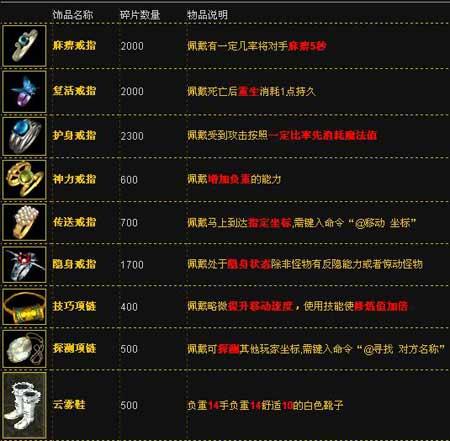◎欢迎参与讨论,请在这里发表您的看法、交流您的观点。
1.76: Understanding the Significance of the Number in Mathematics and Science
星期五 2024年10月18日 admin 装备介绍 1.76 0人
1.76: Understanding the Significance of the Number in Mathematics and Science
The Mathematical Implications of 1.76
In mathematics, the number 1.76 holds significance in various contexts, particularly in statistics, decimals, and data analysis. As a decimal, 1.76 is an example of a rational number, as it can be expressed as a fraction (44/25). This decimal representation allows for easy calculations within the realms of algebra and geometry, making it a common figure in academic settings. It is also frequently used in statistical analyses where averages and means may be represented in decimal form. In a broader mathematical context, understanding how to manipulate and interpret decimal numbers like 1.76 is essential for students and professionals engaged in numerical data interpretation, whether theyre in scientific fields, finance, or technology. Mastery of decimals, including numbers like 1.76, enables individuals to develop more complex mathematical concepts crucial for higher-level calculus or statistical analyses.
Additionally, 1.76 plays a role in bounding and estimates within the realm of approximations. For instance, if one is considering estimates of measurements, a figure like 1.76 can provide insights into rounding off values, as well as understanding margins of error. This can be particularly beneficial in fields like engineering, where precision is vital. The ability to approximate values while retaining an understanding of potential rounding issues ensures more accurate and reliable results in experiments and calculations. Thus, the number 1.76, while seemingly simple, serves complex functions within mathematical frameworks.

Scientific Applications of 1.76
Beyond mathematics, the number 1.76 also finds a place in various scientific applications, especially in physics and chemistry. In these fields, constants, measurements, or formulas may derive or reference this number, indicating its utility in practical scenarios. For example, it is noteworthy that some physical constants or phenomena may approximate this value, which can serve as a threshold or parameter within experimental setups or simulations. Scientists often utilize specific numerals like 1.76 when discussing measurements that relate to density, specific heat, or material properties, illustrating the interplay between numerical values and physical realities.
The relevance of 1.76 is not limited to academic realms; it also extends into real-world applications. For instance, in physics, when dealing with the velocity of sound in various mediums, the number might appear in the derived units or ratios associated with sound propagation. Moreover, in environmental science, certain calculations regarding pollutant dispersion or dilution ratios may feature 1.76, emphasizing its significance in understanding ecological balances. Hence, the number 1.76 emerges as a versatile component, bridging theoretical studies across mathematics and applicable sciences in understanding the universe. Emphasizing this number thus enriches both educational narratives and practical explorations in various scientific fields.
Frequently Asked Questions (FAQ)
Q: What does the number 1.76 represent in statistical analysis?
A: In statistical analysis, the number 1.76 can represent a mean or average value in specific datasets. It is often encountered in contexts that require numerical data interpretation, where understanding such a decimal is crucial for deriving insights and making informed decisions based on data.
Q: How is 1.76 used in scientific measurements?
A: The number 1.76 may serve as a constant or parameter in scientific measurements related to various physical phenomena or natural laws. By leveraging this number, scientists can better estimate simulations and real-world applications across fields, such as physics and environmental science.
- 本文标题:1.76: Understanding the Significance of the Number in Mathematics and Science
- 本文地址:http://www.tj-hr.com/post/202.html